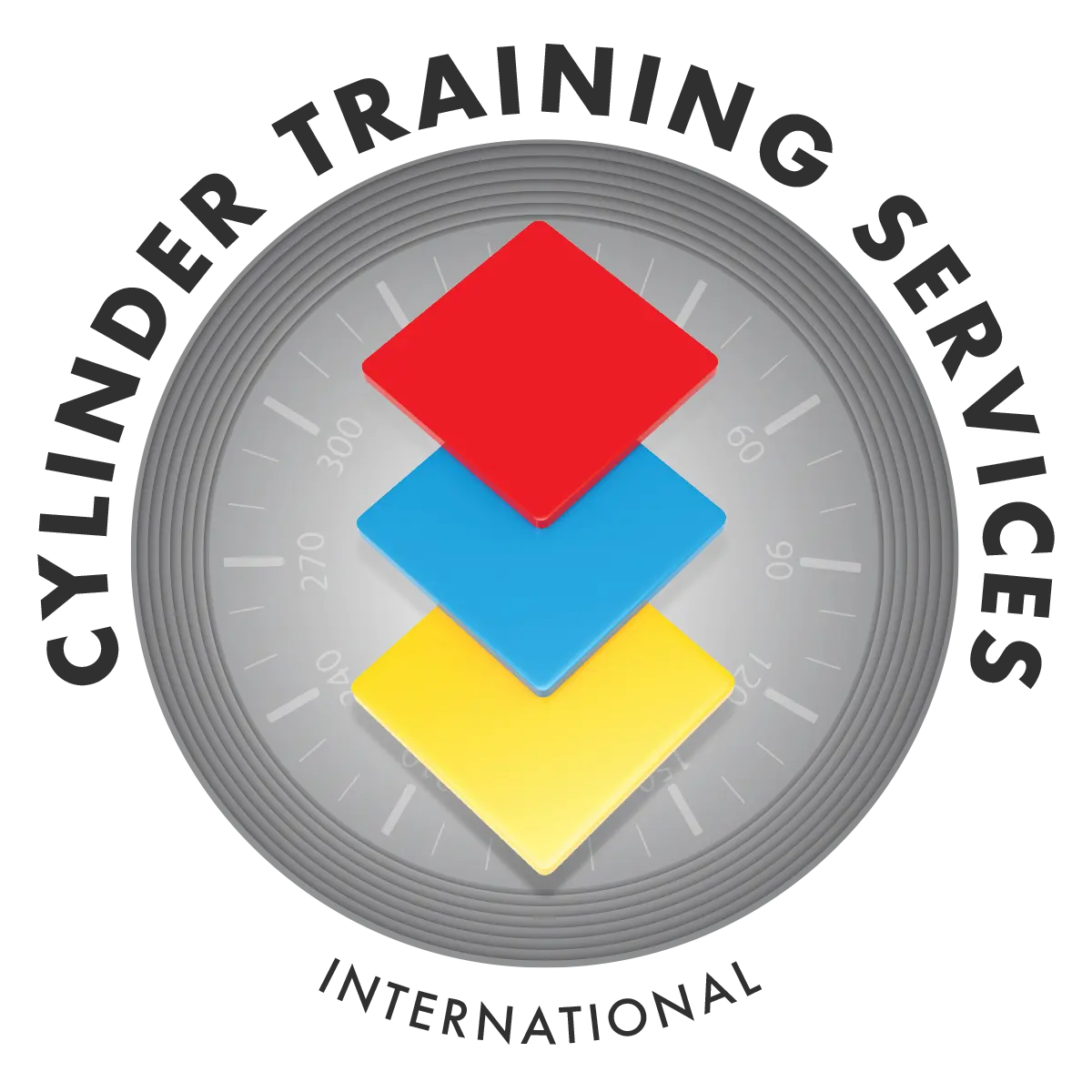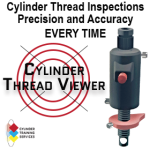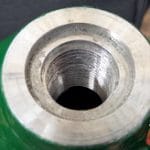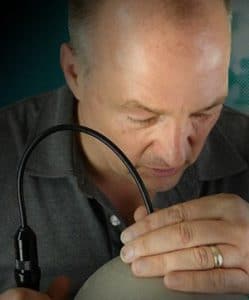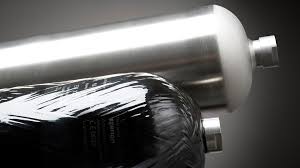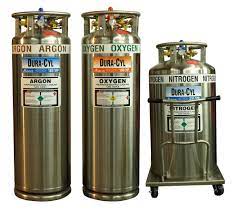A proper visual inspection of a cylinder requires the examination of the internal threads of the cylinder and the threading on the valve, if it is available. The inspector needs to ensure that the two items function properly and dont have obvious damage. There have been several cases involving a valve dislodging from a cylinder and injuring the user or Fill Station Technician (FST) due to damaged threads. The user or FST needs the assurance that neither the threads in the cylinder or threads on the valve have not been compromised. The problem is that there is no way to prove to the user or FST that the threads have not been compromised after the valve has been inserted into a cylinder. There is no external indicator to show if the threads are damaged and/or dangerous.
I have seen products which are called Go / No Go gauges being sold to help determine thread damage. These gauges are used during the inspection process while the valve is extracted from the cylinder. The inspector uses the gauges to ensure that there is no damage to the threads. If the gauges go on and off without resistance, then the inspector receives further confirmation that the threads are intact and working properly.
Based on my experiences, if there are problems with the threading, it should be visually obvious to a trained inspector. A damaged thread would not have a sharp edge (peak), other areas could be flattened, and the threading could contain pieces of metal or debris. The Go / No Go gauges should only confirm what the inspector is seeing with their unaided eye.
A trained inspector should be able to use the valve and cylinder like a Go / No Go gauge. If they have any difficulty inserting the valve into the cylinder, they should suspect an incorrect valve or damaged threads. A pillar / straight valve, which uses an O-ring to contain the gas, should be able to be inserted with the use of a hand. If a tool is required to insert a pillar valve, it likely has been damaged or is the incorrect valve for that cylinder. A valve should go on smoothly. If the valve, after being inserted, is loose or sloppy, that should make them aware of improper sizing. A trained inspector should be able to use the tools at hand to determine if the size and threading are correct in both the cylinder and valve.
The concern with anyone working around or filling cylinders is how to guarantee that the threads have not been previously damaged and are working properly. I am not aware of a specific system which can accomplish this requirement. There are numerous valve manufacturers and cylinder manufacturers. Different people handle the cylinders and valves and many people may have inserted valves into and out of the cylinder. How would you guarantee that every person handling that valve and cylinder handled it correctly?
Another solution I have seen is that the specific valve is marked for a specific cylinder. Specialized markings are made on each item. The FST or user can look at the valve and cylinder and ensure that they match before using or filling the cylinder. I would agree that this is an excellent effort, but it does not guarantee a flawless system. All it would take is for one person, not familiar with the markings, to insert the wrong valve into a cylinder. Someone might point out the error, but not before the damage has been done. If that same careless person re-inserts the correct valve, they have not identified the damage which has already occurred with the insertion of the incorrect valve. The unsuspecting user or FST uses what they consider a properly marked cylinder and valve, but have the potential of still being injured by the previously damaged threads.
I don’t know if there is a guarantee on this issue since the valve and threads are hidden from view during use. My suggestion continues to be properly training employees and users with visual inspection procedures. If a person or company needs to guarantee that the proper valve is inserted into the proper cylinder, it must start with the person who places the valve into the cylinder. The user or company needs to guarantee that the inspector knows what he is doing and has taken the steps to properly inspect the threading. Once that trusted inspector has placed the valve into the proper cylinder they need to sign an inspection label or document. Any time a valve has been removed from a cylinder the FST and user need to be confident that the cylinder was properly inspected.
The FST and diver need to feel comfortable looking at a label on the cylinder that it has been inspected by a qualified person. Any company which uses on site cylinders needs to ensure that the cylinder and valve have been inspected within their standards and procedures. If the cylinder leaves the site, for any reason, it needs to go through the same inspection process, regardless of any time frame, when it comes back on site. This may take a little more time and effort, but it is the only way to help ensure that the cylinder is safe to fill and use.
For those users and facilities who go to outside sources for fills and inspections, they need to properly vet the inspector and company they use. They can’t be afraid to ask questions of the inspection facility to ensure their employees are properly trained and follow safe inspection procedures. Vetting and questioning the inspection facility is one step in the right direction. However, it is not a guarantee the facility will do what they say.
The best way to ensure that a cylinder is safe to use and fill is to keep the process in house. The company, organization or user is responsible for a safe operation. Any time you rely on others for your safety you are taking on some risk. To alleviate that risk, train those you trust to conduct in house inspections. The only other option is to have a procedure in place to question outside sources and monitor that they are using safe practices.
